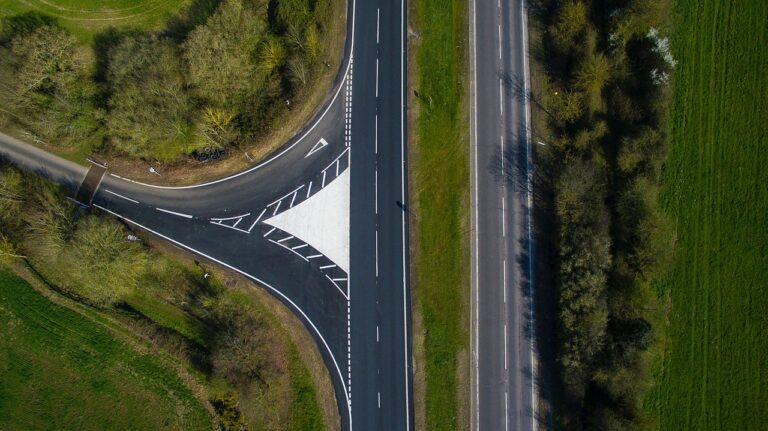The Evolution of Vehicle-to-Vehicle-to-Infrastructure (V2V2I) Communication
V2V2I communication faces several hurdles in its implementation, with compatibility being a significant concern. Different vehicles and infrastructure devices may use varying communication protocols, making seamless integration a complex task. Ensuring that all components can effectively exchange data without any compatibility issues remains a key challenge for developers and stakeholders.
Moreover, the scalability of V2V2I communication systems poses another obstacle. As the number of connected vehicles and infrastructure units increases, the network’s capacity and efficiency come under strain. Developing robust systems that can handle a large volume of data transmissions in real-time while maintaining low latency and high reliability is crucial to the successful implementation of V2V2I communication on a broader scale.
Benefits of V2V2I Communication in Improving Road Safety
V2V2I communication plays a crucial role in enhancing road safety by enabling vehicles to communicate with each other and with infrastructure systems in real-time. This technology allows vehicles to exchange important information such as speed, direction, and potential hazards, helping to prevent accidents and minimize risks on the road. By facilitating seamless communication between vehicles and infrastructure, V2V2I systems contribute to creating a safer driving environment for all road users.
Furthermore, the benefits of V2V2I communication extend beyond just preventing accidents; this technology also improves traffic flow efficiency and reduces congestion on the roads. By optimizing traffic management and providing drivers with real-time updates on traffic conditions, V2V2I systems help to streamline the flow of vehicles and minimize delays. As a result, drivers experience smoother journeys, reduce travel times, and contribute to a more sustainable transportation network that prioritizes safety and efficiency.
What is V2V2I communication?
V2V2I communication stands for Vehicle-to-Vehicle-to-Infrastructure communication, which allows vehicles to communicate with each other and with the surrounding infrastructure like traffic lights and road signs.
What are some challenges in implementing V2V2I communication?
Some challenges include ensuring compatibility among different vehicle and infrastructure systems, addressing privacy concerns related to data sharing, and the cost of implementing the necessary technology.
How does V2V2I communication improve road safety?
V2V2I communication can improve road safety by allowing vehicles to communicate potential hazards to each other, such as sudden stops or slippery road conditions, and by providing real-time traffic information to drivers.
Can V2V2I communication help reduce accidents?
Yes, V2V2I communication has the potential to reduce accidents by providing drivers with more information about their surroundings, helping them make safer driving decisions.
Are there any privacy concerns with V2V2I communication?
Yes, there are privacy concerns related to the collection and sharing of data through V2V2I communication. Steps must be taken to protect the privacy of individuals while still allowing for effective communication between vehicles and infrastructure.







